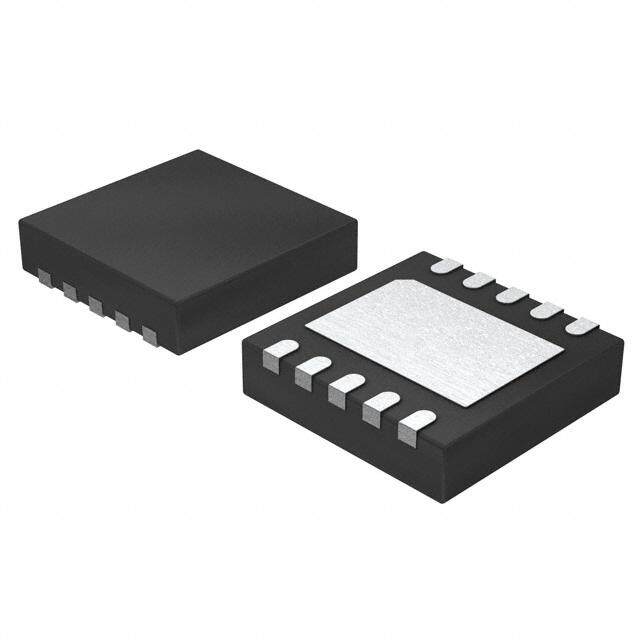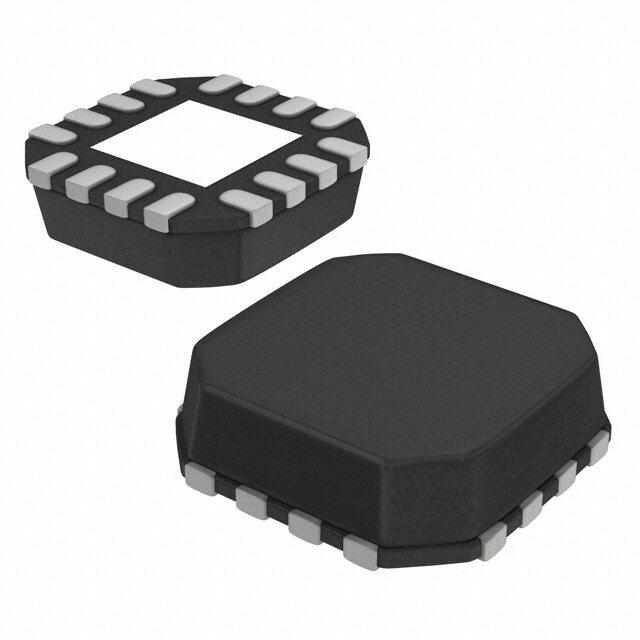ICGOO在线商城 > 射频/IF 和 RFID > RF 发射器 > T5754C-6AQJ-66
- 型号: T5754C-6AQJ-66
- 制造商: Atmel
- 库位|库存: xxxx|xxxx
- 要求:
| 数量阶梯 | 香港交货 | 国内含税 |
| +xxxx | $xxxx | ¥xxxx |
查看当月历史价格
查看今年历史价格
T5754C-6AQJ-66产品简介:
ICGOO电子元器件商城为您提供T5754C-6AQJ-66由Atmel设计生产,在icgoo商城现货销售,并且可以通过原厂、代理商等渠道进行代购。 T5754C-6AQJ-66价格参考。AtmelT5754C-6AQJ-66封装/规格:RF 发射器, RF Transmitter ASK, FSK 429MHz ~ 439MHz 7.5dBm 32 kBaud PCB, Surface Mount Antenna 8-TSSOP, 8-MSOP (0.118", 3.00mm Width)。您可以下载T5754C-6AQJ-66参考资料、Datasheet数据手册功能说明书,资料中有T5754C-6AQJ-66 详细功能的应用电路图电压和使用方法及教程。
| 参数 | 数值 |
| 产品目录 | |
| 描述 | IC TX UHF ASK/FSK 8TSSOP |
| 产品分类 | |
| 品牌 | Atmel |
| 数据手册 | |
| 产品图片 |
|
| 产品型号 | T5754C-6AQJ-66 |
| rohs | 无铅 / 符合限制有害物质指令(RoHS)规范要求 |
| 产品系列 | - |
| 其它名称 | T5754C-6AQJ-66CT |
| 功率-输出 | 7.5dBm |
| 包装 | 剪切带 (CT) |
| 天线连接器 | PCB,表面贴装 |
| 存储容量 | - |
| 封装/外壳 | 8-TSSOP,8-MSOP(0.118",3.00mm 宽) |
| 工作温度 | -40°C ~ 125°C |
| 应用 | 通用数据传输系统 |
| 应用说明 | |
| 数据接口 | PCB,表面贴装 |
| 数据速率(最大值) | 32 kBaud |
| 标准包装 | 1 |
| 特性 | - |
| 电压-电源 | 2 V ~ 4 V |
| 电流-传输 | 9mA |
| 调制或协议 | ASK,FSK |
| 频率 | 429MHz ~ 439MHz |

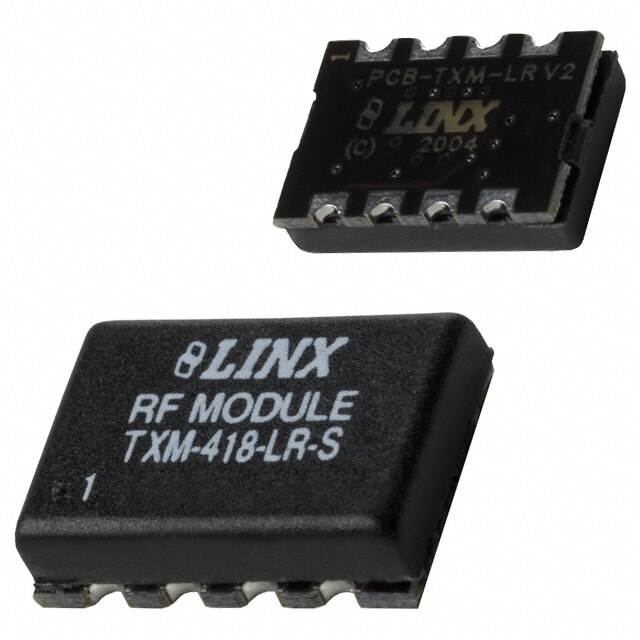
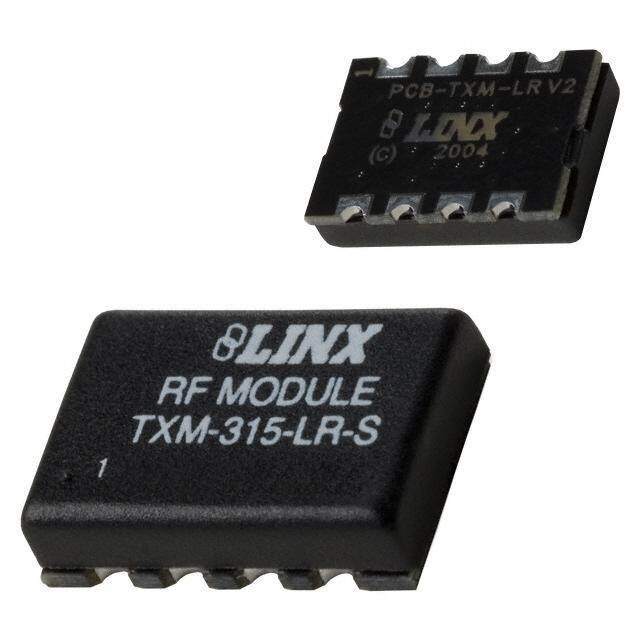
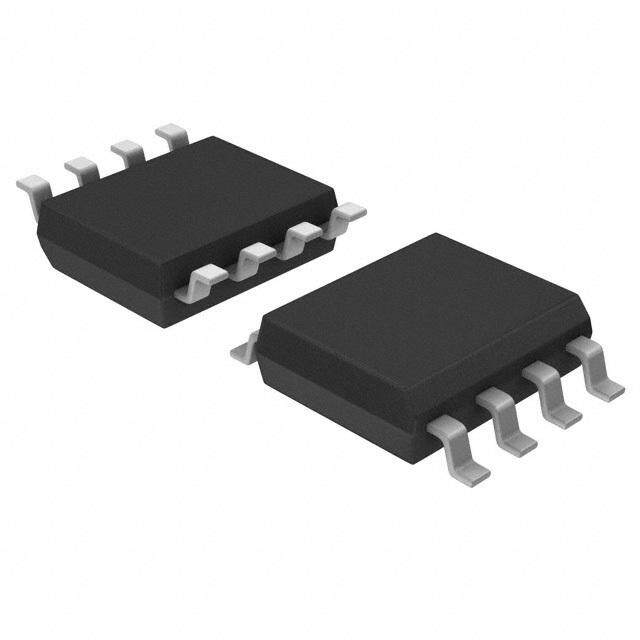
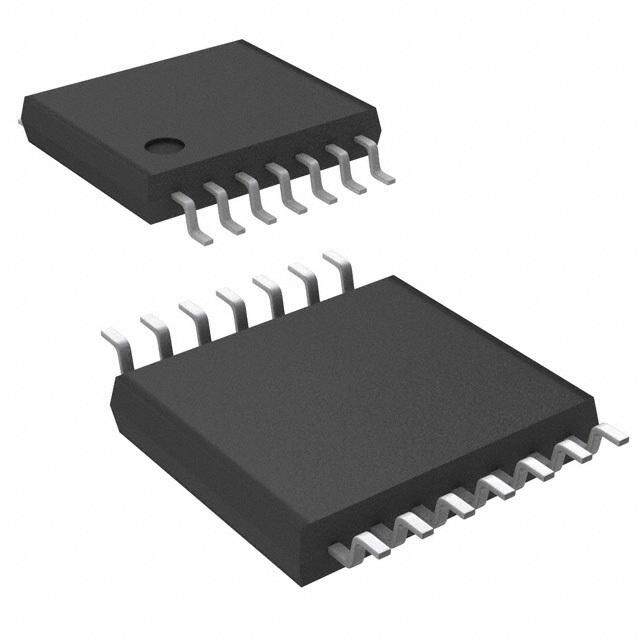
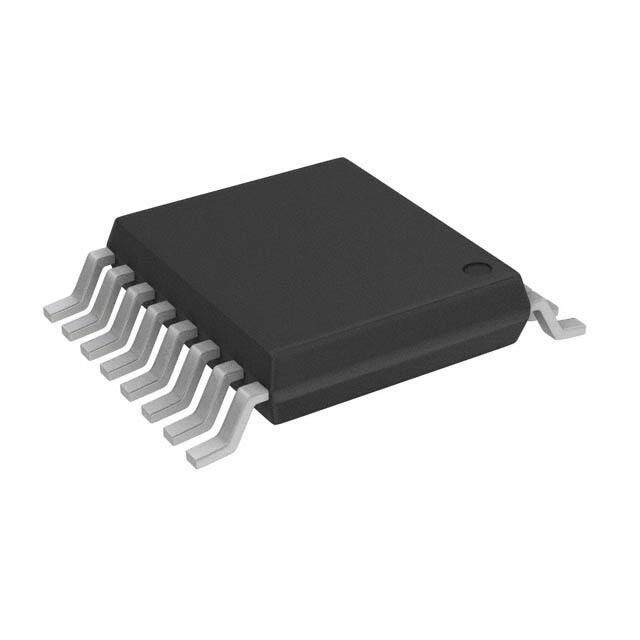

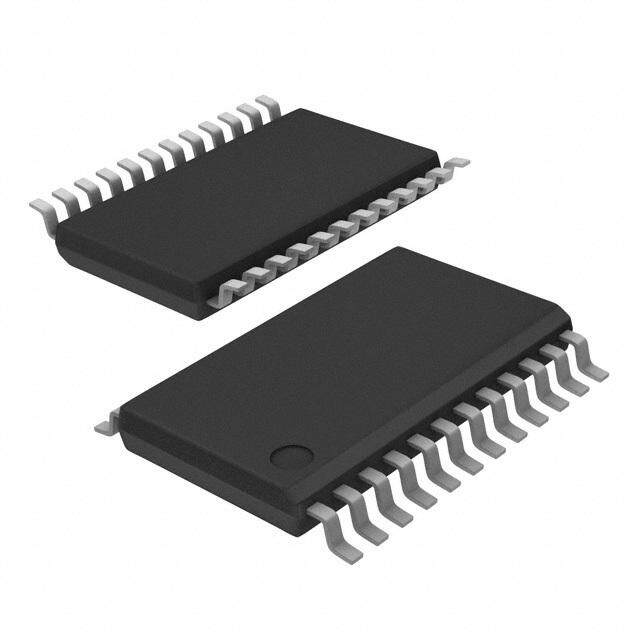


- 商务部:美国ITC正式对集成电路等产品启动337调查
- 曝三星4nm工艺存在良率问题 高通将骁龙8 Gen1或转产台积电
- 太阳诱电将投资9.5亿元在常州建新厂生产MLCC 预计2023年完工
- 英特尔发布欧洲新工厂建设计划 深化IDM 2.0 战略
- 台积电先进制程称霸业界 有大客户加持明年业绩稳了
- 达到5530亿美元!SIA预计今年全球半导体销售额将创下新高
- 英特尔拟将自动驾驶子公司Mobileye上市 估值或超500亿美元
- 三星加码芯片和SET,合并消费电子和移动部门,撤换高东真等 CEO
- 三星电子宣布重大人事变动 还合并消费电子和移动部门
- 海关总署:前11个月进口集成电路产品价值2.52万亿元 增长14.8%
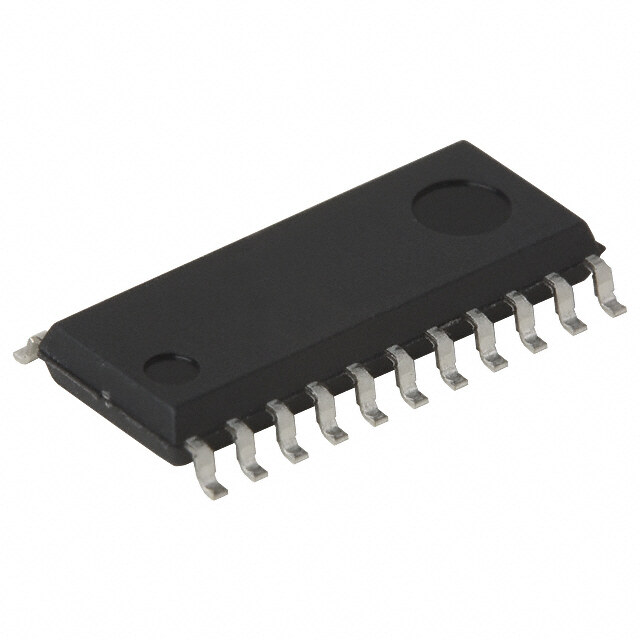

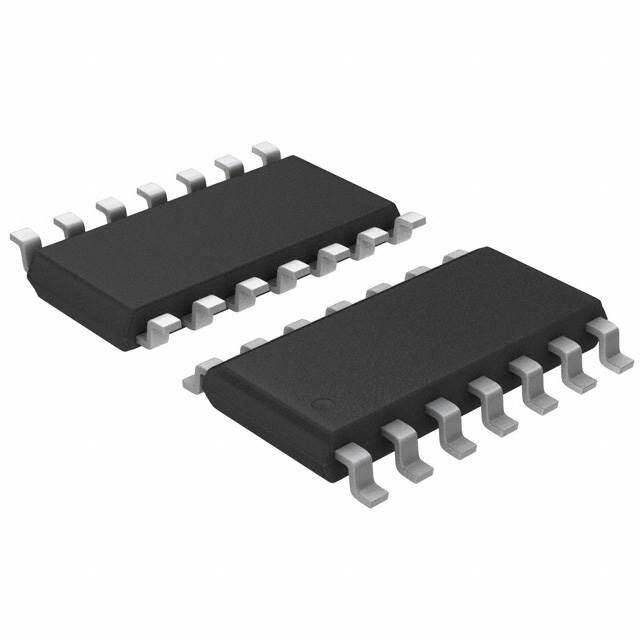

PDF Datasheet 数据手册内容提取
T5754C UHF ASK/FSK Transmitter DATASHEET Features ● Integrated PLL loop filter ● ESD protection also at ANT1/ANT2 (3kV HBM/150V MM; except pin2: 3kV HBM/100V MM) ● High output power (7.5dBm) with low supply current(9.0mA) ● Modulation scheme ASK/FSK ● FSK modulation is achieved by connecting an additional capacitor between the XTAL load capacitor and the open drain output of the modulating microcontroller ● Easy to design-in due to excellent isolation of the PLL from the PA and power supply ● Single Li-cell for power supply ● Supply voltage 2.0V to 4.0V in the temperature range of –40°C to 85°C/125°C ● Package TSSOP8L ● Single-ended antenna output with high efficient power amplifier ● CLK output for clocking the microcontroller ● One-chip solution with minimum external circuitry ● 125°C operation for Tire Pressure Systems 4511L-RKE-09/15
1. Description The Atmel® T5754C is a PLL transmitter IC which has been developed for the demands of RF low-cost transmission systems at data rates up to 32kBaud. The transmitting frequency range is 429MHz to 439MHz. It can be used in both FSK and ASK systems. Figure 1-1. System Block Diagram UHF ASK/FSK UHF ASK/FSK Remote control transmitter Remote control receiver 1 Li cell T5754 U3741B/ U3745B/ 1 to 3 Micro- T5743/ Demod Control controller T5744 Encoder PLL ATARx9x Keys Antenna Antenna XTO VCO PLL XTO Power LNA VCO amp. 2 T5754C [DATASHEET] 4511L–RKE–09/15
2. Pin Configuration Figure 2-1. Pinning TSSOP8L T5754 CLK 1 8 ENABLE PA_ENABLE 2 7 GND ANT2 3 6 VS ANT1 4 5 XTAL Table 2-1. Pin Description Pin Symbol Function Configuration VS Clock output signal for micro con 100Ω roller 1 CLK CLK The clock output frequency is set by the crystal to f /4 XTAL 100Ω PA_ENABLE 50kΩ U = 1.1V REF Switches on power amplifier, used for 2 PA_ENABLE ASK modulation 20μA ANT1 3 ANT2 Emitter of antenna output stage 4 ANT1 Open collector antenna output ANT2 T5754C [DATASHEET] 3 4511L–RKE–09/15
Table 2-1. Pin Description (Continued) Pin Symbol Function Configuration VS VS 1.5kΩ 1.2kΩ 5 XTAL Connection for crystal XTAL 182μA 6 VS Supply voltage See ESD protection circuitry (see Figure 4-5 on page 8) 7 GND Ground See ESD protection circuitry (see Figure 4-5 on page 8) ENABLE 200kΩ 8 ENABLE Enable input Figure 2-2. Block Diagram T5754 Power up/down f CLK ENABLE 1 4 8 f 32 PA_ENABLE GND 2 PDF 7 CP ANT2 VS 3 6 LF ANT1 PA VCO XTO XTAL 4 5 PLL 4 T5754C [DATASHEET] 4511L–RKE–09/15
3. General Description This fully integrated PLL transmitter allows particularly simple, low-cost RF miniature transmitters to be assembled. The VCO is locked to 32f hence a 13.56MHz crystal is needed for a 433.92MHz transmitter. All other PLL and VCO XTAL peripheral elements are integrated. The XTO is a series resonance oscillator so that only one capacitor together with a crystal connected in series to GND are needed as external elements. The crystal oscillator together with the PLL needs typically < 1ms until the PLL is locked and the CLK output is stable. There is a wait time of ≥1ms until the CLK is used for the microcontroller and the PA is switched on. The power amplifier is an open-collector output delivering a current pulse which is nearly independent from the load impedance. The delivered output power is hence controllable via the connected load impedance. This output configuration enables a simple matching to any kind of antenna or to 50. A high power efficiency of =P /(I V ) of 36% for the power amplifier results when an optimized load impedance of Z =(166+j223) is used out S,PA S Load at 3V supply voltage. 4. Functional Description If ENABLE=L and the PA_ENABLE=L, the circuit is in standby mode consuming only a very small amount of current so that a lithium cell used as power supply can work for several years. With ENABLE=H the XTO, PLL and the CLK driver are switched on. If PA_ENABLE remains L only the PLL and the XTO is running and the CLK signal is delivered to the microcontroller. The VCO locks to 32 times the XTO frequency. With ENABLE=H and PA_ENABLE=H the PLL, XTO, CLK driver and the power amplifier are on. With PA_ENABLE the power amplifier can be switched on and off, which is used to perform the ASK modulation. 4.1 ASK Transmission The Atmel® T5754C is activated by ENABLE=H. PA_ENABLE must remain L for t≥1ms, then the CLK signal can be taken to clock the microcontroller and the output power can be modulated by means of pin PA_ENABLE. After transmission PA_ENABLE is switched to L and the microcontroller switches back to internal clocking. The Atmel T5754C is switched back to standby mode with ENABLE=L. 4.2 FSK Transmission The Atmel T5754C is activated by ENABLE=H. PA_ENABLE must remain L for t≥1ms, then the CLK signal can be taken to clock the microcontroller and the power amplifier is switched on with PA_ENABLE=H. The chip is then ready for FSK modulation. The microcontroller starts to switch on and off the capacitor between the XTAL load capacitor and GND with an open-drain output port, thus changing the reference frequency of the PLL. If the switch is closed, the output frequency is lower than if the switch is open. After transmission PA_ENABLE is switched to L and the microcontroller switches back to internal clocking. The Atmel T5754C is switched back to standby mode with ENABLE=L. The accuracy of the frequency deviation with XTAL pulling method is about ±25% when the following tolerances are considered. Figure 4-1. Tolerances of Frequency Modulation VS CStray1 CStray2 LM C4 XTAL CM RS C0 C5 Crystal equivalent circuit CSwitch Using C =9.2pF±2%, C =6.8pF±5%, a switch port with C =3pF±10%, stray capacitances on each side of the crystal 4 5 Switch of C =C =1pF±10%, a parallel capacitance of the crystal of C =3.2pF±10% and a crystal with C =13fF±10%, Stray1 Stray2 0 M an FSK deviation of ±21kHz typical with worst case tolerances of ±16.3kHz to ±28.8kHz results. T5754C [DATASHEET] 5 4511L–RKE–09/15
4.3 CLK Output An output CLK signal is provided for a connected microcontroller, the delivered signal is CMOS compatible if the load capacitance is lower than 10pF. 4.3.1 Clock Pulse Take-over The clock of the crystal oscillator can be used for clocking the microcontroller. Atmel®’s ATARx9x has the special feature of starting with an integrated RC-oscillator to switch on the T5754C with ENABLE=H, and after 1ms to assume the clock signal of the transmission IC, so that the message can be sent with crystal accuracy. 4.3.2 Output Matching and Power Setting The output power is set by the load impedance of the antenna. The maximum output power is achieved with a load impedance of Z =(166+j223). There must be a low resistive path to V to deliver the DC current. Load,opt S The delivered current pulse of the power amplifier is 9mA and the maximum output power is delivered to a resistive load of 465 if the 1.0pF output capacitance of the power amplifier is compensated by the load impedance. An optimum load impedance of: Z =465||j/(21.0pF)=(166+j223) thus results for the maximum output power of 7.5dBm. Load The load impedance is defined as the impedance seen from the T5754C’s ANT1, ANT2 into the matching network. Do not confuse this large signal load impedance with a small signal input impedance delivered as input characteristic of RF amplifiers and measured from the application into the IC instead of from the IC into the application for a power amplifier. Less output power is achieved by lowering the real parallel part of 465 where the parallel imaginary part should be kept constant. Output power measurement can be done with the circuit of Figure 4-2 on page 6. Note that the component values must be changed to compensate the individual board parasitics until the Atmel T5754C has the right load impedance Z =(166+j223). Also the damping of the cable used to measure the output power must be calibrated out. Load,opt Figure 4-2. Output Power Measurement VS C1 1nF L1 33nH Power Z = 50Ω C2 meter ANT1 ZLopt 2.2pF Rin 50Ω ANT2 4.4 Application Circuit For the supply-voltage blocking capacitor C a value of 68nF/X7R is recommended (see Figure 4-3 on page 7 and Figure 4- 3 4 on page 8). C and C are used to match the loop antenna to the power amplifier where C typically is 8.2pF/NP0 and C is 1 2 1 2 6pF/NP0 (10pF+15pF in series); for C two capacitors in series should be used to achieve a better tolerance value and to 2 have the possibility to realize the Z by using standard valued capacitors. Load,opt C forms together with the pins of Atmel T5754C and the PCB board wires a series resonance loop that suppresses the 1st 1 harmonic, hence the position of C on the PCB is important. Normally the best suppression is achieved when C is placed as 1 1 close as possible to the pins ANT1 and ANT2. The loop antenna should not exceed a width of 1.5mm, otherwise the Q-factor of the loop antenna is too high. L ([50nH to 100nH) can be printed on PCB. C should be selected that the XTO runs on the load resonance frequency of 1 4 the crystal. Normally, a value of 12pF results for a 15pF load-capacitance crystal. 6 T5754C [DATASHEET] 4511L–RKE–09/15
Figure 4-3. ASK Application Circuit S1 BPXY ATARx9x VDD VS 1 S2 BPXY VSS 20 BPXY OSC1 BPXY 7 T5754 Power up/down CLK f ENABLE 1 4 8 f 32 PA_ENABLE GND 2 PDF 7 C3 CP C2 ANT2 VS 3 6 VS Loop C1 LF Antenna ANT1 XTAL XTAL PA VCO XTO 4 5 PLL L1 C4 VS T5754C [DATASHEET] 7 4511L–RKE–09/15
Figure 4-4. FSK Application Circuit S1 BPXY ATARx9x VDD VS 1 S2 BPXY VSS 20 BPXY BP42/T2O 18 OSC1 BPXY 7 T5754 Power up/down CLK f ENABLE 1 4 8 f 32 PA_ENABLE GND 2 PDF 7 C3 CP C2 ANT2 VS 3 6 Loop C1 LF VS Antenna C5 ANT1 XTAL XTAL PA VCO XTO 4 5 PLL L1 C4 VS Figure 4-5. ESD Protection Circuit VS ANT1 CLK PA_ENABLE ANT2 XTAL ENABLE GND 8 T5754C [DATASHEET] 4511L–RKE–09/15
5. Absolute Maximum Ratings Stresses beyond those listed under “Absolute Maximum Ratings” may cause permanent damage to the device. This is a stress rating only and functional operation of the device at these or any other conditions beyond those indicated in the operational sections of this specification is not implied. Exposure to absolute maximum rating conditions for extended periods may affect device reliability. Parameters Symbol Minimum Maximum Unit Supply voltage V 5 V S Power dissipation P 100 mW tot Junction temperature T 150 °C j Storage temperature T –55 125 °C stg Ambient temperature T –55 125 °C amb Input voltage V –0.3 (V + 0.3)(1) V maxPA_ENABLE S Note: 1. If V + 0.3 is higher than 3.7V, the maximum voltage will be reduced to 3.7V. S 6. Thermal Resistance Parameters Symbol Value Unit Junction ambient R 170 K/W thJA 7. Electrical Characteristics V = 2.0V to 4.0V, T = –40°C to 125°C unless otherwise specified. S amb Typical values are given at V = 3.0V and T = 25°C. All parameters are referred to GND (pin 7). S amb Parameters Test Conditions Symbol Min. Typ. Max. Unit Power down V <0.25V, –40°C to 85°C 350 nA ENABLE Supply current V <0.25V, –40°C to +125°C I 7 µA PA-ENABLE S_Off V <0.25V, 25°C < 10 nA PA-ENABLE (100% correlation tested) Power up, PA off, V = 3V, Supply current S I 3.7 4.8 mA V >1.7V, V <0.25V S ENABLE PA-ENABLE Power up, V = 3.0V, Supply current S I 9 11.6 mA V >1.7V, V >1.7V S_Transmit ENABLE PA-ENABLE V =3.0V, T =25°C, Output power S amb P 5.5 7.5 10 dBm f = 433.92MHz, Z = (166 + j233) Ref Load T = –40°C to +85°C, Output power variation for the full amb V = 3.0V P –1.5 dB temperature range S Ref V = 2.0V P –4.0 dB S Ref T = –40°C to +125°C, amb Output power variation for the full V = 3.0V P –2.0 dB S Ref temperature range V = 2.0V P –4.5 dB S Ref P = P + P Out Ref Ref Achievable output-power range Selectable by load impedance P 0 7.5 dBm Out_typ f = f /128 CLK 0 Load capacitance at pin CLK = 10pF Spurious emission f ±1f –55 dBc O CLK f ±4f –52 dBc O CLK other spurious are lower Note: 1. If V is higher than 3.6V, the maximum voltage will be reduced to 3.6V. S T5754C [DATASHEET] 9 4511L–RKE–09/15
7. Electrical Characteristics (Continued) V = 2.0V to 4.0V, T = –40°C to 125°C unless otherwise specified. S amb Typical values are given at V = 3.0V and T = 25°C. All parameters are referred to GND (pin 7). S amb Parameters Test Conditions Symbol Min. Typ. Max. Unit f = f /32 XTO 0 f = resonant frequency of the XTAL, XTAL Oscillator frequency XTO C ≤ 10fF, load capacitance selected M f (= phase comparator frequency) accordingly XTO T = –40°C to +85°C –30 f +30 ppm amb XTAL T = –40°C to +125°C –40 +40 ppm amb PLL loop bandwidth 250 kHz Referred to f = f Phase noise of phase comparator PC XT0, –116 –110 dBc/Hz 25kHz distance to carrier In loop phase noise PLL 25kHz distance to carrier –86 –80 dBc/Hz at 1MHz –94 –90 dBc/Hz Phase noise VCO at 36MHz –125 –121 dBc/Hz Frequency range of VCO f 429 439 MHz VCO Clock output frequency (CMOS f /128 MHz microcontroller compatible) 0 V V 0.8 V Voltage swing at pin CLK C ≤10pF 0h S Load V V 0.2 V 0l S Series resonance R of the crystal Rs 110 Capacitive load at pin XT0 7 pF Duty cycle of the modulation signal = FSK modulation frequency rate 0 32 kHz 50% Duty cycle of the modulation signal = ASK modulation frequency rate 0 32 kHz 50% Low level input voltage V 0.25 V Il ENABLE input High level input voltage V 1.7 V Ih Input current high I 20 µA In Low level input voltage V 0.25 V Il PA_ENABLE input High level input voltage V 1.7 V (1) V Ih S Input current high I 5 µA In Note: 1. If V is higher than 3.6V, the maximum voltage will be reduced to 3.6V. S 10 T5754C [DATASHEET] 4511L–RKE–09/15
8. Ordering Information Extended Type Number Package Remarks T5754C-6AQJ-66 TSSOP8L Taped and reeled, Marking: 574C, Pb-free 9. Package Information Dimensions in mm 5 0 0515 5±0. 3±0.1 3±0.1 +0.1-0. 0.8 5 0.31+-00..0076 0.1±0.0 3.8±0.3 +0.0515-0.02 0.65 nom. 4.9±0.1 0. 3 x 0.65 = 1.95 nom. 8 5 technical drawings according to DIN specifications 1 4 03/15/04 TITLE GPC DRAWING NO. REV. Package Drawing Contact: Package: TSSOP 8L packagedrawings@atmel.com 6.543-5083.01-4 2 T5754C [DATASHEET] 11 4511L–RKE–09/15
10. Revision History Please note that the following page numbers referred to in this section refer to the specific revision mentioned, not to this document. Revision No. History 4511L-RKE-09/15 Section 8 “Ordering Information” on page 11 updated T5754 in T5754C on all pages substituted 4511K-RKE-03/14 Section 8 “Ordering Information” on page 11 updated Section “Features” on page 1 updated 4511J-RKE-01/13 Section 8 “Ordering Information” on page 11 updated Put datasheet in a new template 4511I-RKE-02/07 Pb-free logo on page 1 deleted Pb-free logo on page 1 added 4511H-RKE-09/05 Ordering Information on page 11 updated Put datasheet in a new template 4511G-RKE-05/05 Package Information (page 11): Replace old package drawing through current version Abs. Max. Ratings table (page 9): row “Input voltage” added Abs. Max. Ratings table (page 9): table note 1 added 4511F-RKE-07/04 El. Char. table (pages 9 to 10): row “PA_ENABLE input” updated El. Char. table (pages 9 to 10): table note 1 added Ordering Information table (page 11): Remarks updated 12 T5754C [DATASHEET] 4511L–RKE–09/15
X X X X X X Atmel Corporation 1600 Technology Drive, San Jose, CA 95110 USA T: (+1)(408) 441.0311 F: (+1)(408) 436.4200 | www.atmel.com © 2015 Atmel Corporation. / Rev.: 4511L–RKE–09/15 Atmel®, Atmel logo and combinations thereof, Enabling Unlimited Possibilities®, and others are registered trademarks or trademarks of Atmel Corporation or its subsidiaries. Other terms and product names may be trademarks of others. DISCLAIMER: The information in this document is provided in connection with Atmel products. No license, express or implied, by estoppel or otherwise, to any intellectual property right is granted by this document or in connection with the sale of Atmel products. EXCEPT AS SET FORTH IN THE ATMEL TERMS AND CONDITIONS OF SALES LOCATED ON THE ATMEL WEBSITE, ATMEL ASSUMES NO LIABILITY WHATSOEVER AND DISCLAIMS ANY EXPRESS, IMPLIED OR STATUTORY WARRANTY RELATING TO ITS PRODUCTS INCLUDING, BUT NOT LIMITED TO, THE IMPLIED WARRANTY OF MERCHANTABILITY, FITNESS FOR A PARTICULAR PURPOSE, OR NON-INFRINGEMENT. IN NO EVENT SHALL ATMEL BE LIABLE FOR ANY DIRECT, INDIRECT, CONSEQUENTIAL, PUNITIVE, SPECIAL OR INCIDENTAL DAMAGES (INCLUDING, WITHOUT LIMITATION, DAMAGES FOR LOSS AND PROFITS, BUSINESS INTERRUPTION, OR LOSS OF INFORMATION) ARISING OUT OF THE USE OR INABILITY TO USE THIS DOCUMENT, EVEN IF ATMEL HAS BEEN ADVISED OF THE POSSIBILITY OF SUCH DAMAGES. Atmel makes no representations or warranties with respect to the accuracy or completeness of the contents of this document and reserves the right to make changes to specifications and products descriptions at any time without notice. Atmel does not make any commitment to update the information contained herein. Unless specifically provided otherwise, Atmel products are not suitable for, and shall not be used in, automotive applications. Atmel products are not intended, authorized, or warranted for use as components in applications intended to support or sustain life. SAFETY-CRITICAL, MILITARY, AND AUTOMOTIVE APPLICATIONS DISCLAIMER: Atmel products are not designed for and will not be used in connection with any applications where the failure of such products would reasonably be expected to result in significant personal injury or death (“Safety-Critical Applications”) without an Atmel officer's specific written consent. Safety-Critical Applications include, without limitation, life support devices and systems, equipment or systems for the operation of nuclear facilities and weapons systems. Atmel products are not designed nor intended for use in military or aerospace applications or environments unless specifically designated by Atmel as military-grade. Atmel products are not designed nor intended for use in automotive applications unless specifically designated by Atmel as automotive-grade.

 Datasheet下载
Datasheet下载